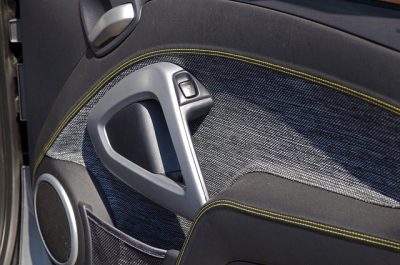 I live in a country with hot summers and high humidity. This means that many products have a shorter lifespan, especially things made of plastic. For example, it’s not uncommon for the inner door handle on cars to break off, as the heat fatigues the plastic and causes it to fail; the same goes for hatchets, knobs, strips etc. The idea that plastic will last forever is a myth, especially if you leave it out in the sun, as it will relentlessly crumble into pieces and dust after a few years, sometimes months.
I live in a country with hot summers and high humidity. This means that many products have a shorter lifespan, especially things made of plastic. For example, it’s not uncommon for the inner door handle on cars to break off, as the heat fatigues the plastic and causes it to fail; the same goes for hatchets, knobs, strips etc. The idea that plastic will last forever is a myth, especially if you leave it out in the sun, as it will relentlessly crumble into pieces and dust after a few years, sometimes months.
The other day I tried to fix a so-called flushing mechanism in a toilet. I removed the little box under the flush button and opened it. The gears and rods were made of porous plastic, and the springs holding everything together were extremely thin metal. There’s no way this thing is going to last long, especially in a hot climate.
Much of what we make today is already rubbish when it leaves the factory. Product longevity is not something you spend time on. The sooner it breaks the better, the consumer buys a new one and the manufacturer makes more money.
There were already complaints about the throw-away society in the 1960s. This is definitely nothing new. The arguments are the same, but the difference is that the products in question are, if possible, even worse today. The question is how far it can go?
At the same time, I know that you could relatively easily construct the same mechanism in metal, and it would last forever, or at least as long as a person and their family live. But since all good entrepreneurs are building apps or trying to sell services on the internet, no one will take pity on simple things like door handles or toilet flushing mechanisms.







